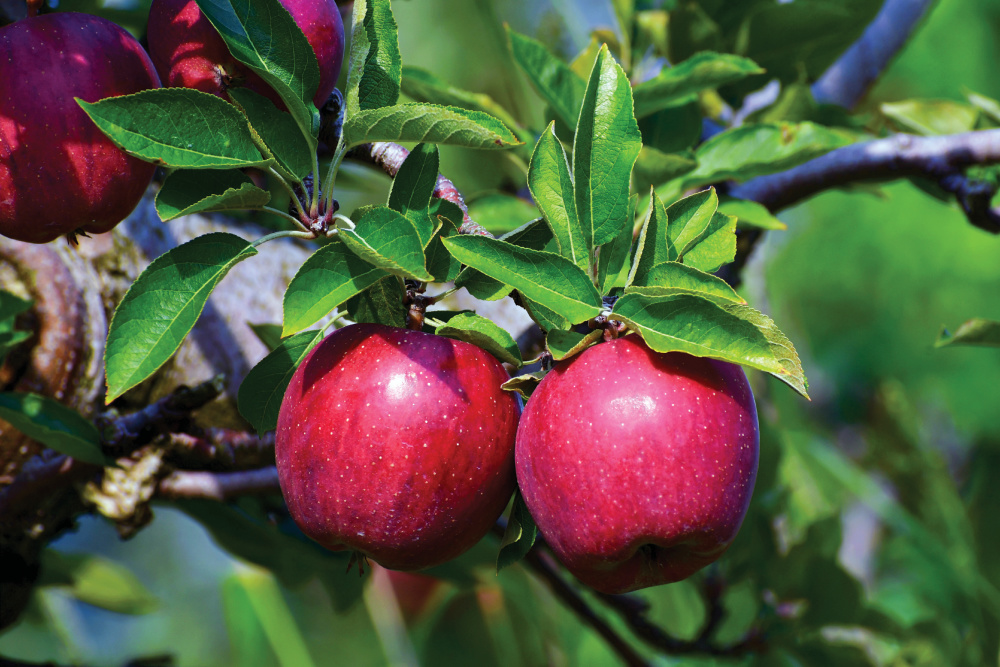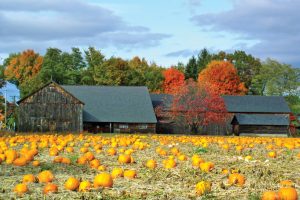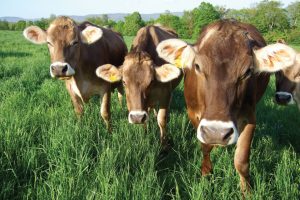Home > Massachusetts > Massachusetts Farm to Table > A Brief History of Massachusetts Agriculture
A Brief History of Massachusetts Agriculture
In partnership with:
Throughout its history, Massachusetts’ agriculture has been influenced by a variety of environmental, social and economic factors. Today, in the face of environmental and economic changes, Massachusetts strives to support the livelihoods of agricultural producers across a range of commodities while protecting farmland for the future.

Adapting to Change
In 1863, the Massachusetts Board of Agriculture was established – becoming the first in the country – with an emphasis on improving agricultural practices while providing resources to farmers.
Changes throughout the 19th century had a major impact on the state of agriculture with nationwide improvements in transportation and storage leading to an increase in wholesale markets and supermarkets.
Then, in the late 20th century, farm-to-table movements sparked consumer interest in local products. In Massachusetts, this provoked a shift from wholesale to retail markets.
“Considering the profile of Massachusetts growers, with diverse offerings on small, valuable acreage, retail markets have been important,” says Bonita Oehlke, market development and food system planning coordinator at the Massachusetts Department of Agricultural Resources.
The state’s geographic profile has given rise to various key commodities, from cranberries to farm-raised oysters. According to the 2017 Census of Agriculture, the greenhouse and nursery industry is the largest in the state, followed by vegetables and cranberries.
Massachusetts’ coastlines are another unique asset to the economy, with the aquaculture industry accounting for an annual market value of more than $29 million.
See more: 4 Local Craft Beverages to Try in Massachusetts

Changing Landscapes
Environmental changes throughout the years have raised concerns over conserving farmlands for future use. MDAR’s Division of Agricultural Conservation and Technical Assistance (DACTA) focuses on preserving agricultural lands while providing resources to farmers.
“Farming is an industry that is vulnerable to environmental impacts,” says Gerard Kennedy, DACTA director.
Through grant programs like Climate Smart, DACTA assists farmers in addressing soil health issues and implementing renewable energy practices. In addition, the Agricultural Preservation Restriction Program (APR) seeks to protect existing farmland and address farmland access. The APR, frequently in partnership with the federal Natural Resources Conservation Service, has helped protect around 75,000 acres of farmland statewide.
While environmental and economic factors remain a concern, DACTA is committed to helping farmers at all levels adapt to outside pressures, providing support where needed in order to allow them to remain stewards of the land.
“Farmers are resilient by their very nature,” Kennedy says.

Local Efforts
Buy local programs throughout the state have evolved to highlight Massachusetts-grown products. From the Massachusetts Grown and Fresher program to 10 different regional efforts, communities across the state proudly support their local producers.
“If you make it easy and identify it, there’s definitely a higher tendency to buy local,” says Richard LeBlanc, MassGrown coordinator.
The COVID-19 pandemic prompted consumers to turn to local producers who were providing for their communities when markets were disrupted by supply chain issues. Agritourism also benefitted due to outdoor activity demand and has continued to thrive.
“The biggest sector that is growing is farmers markets, Community Supported Agriculture (CSAs), agritourism and farm stands,” LeBlanc says.

Expanding Markets
Many of these trends began decades ago. The commonwealth proposed measures early on to preserve agricultural land and shorelines, increase local production, and promote Massachusetts-grown products.
Today, the Massachusetts Local Food Action Plan expands upon earlier policies to reflect changing markets. MDAR, the Massachusetts Food System Collaborative, and many other stakeholder groups and public entities are working together to facilitate its implementation.
See more: 8 Mouthwatering Massachusetts Food Festivals

“The Massachusetts Local Food Action Plan focuses on farm and farmland support, expanding local markets, food access and equity, food processing and distribution, sustainable movement practices, and food waste reduction,” Oehlke says.
MDAR continues to find ways to expand the state’s agricultural markets while encouraging citizens to explore what their area offers.
“We’re looking to engage with customers in as many venues as possible,” Oehlke says.



